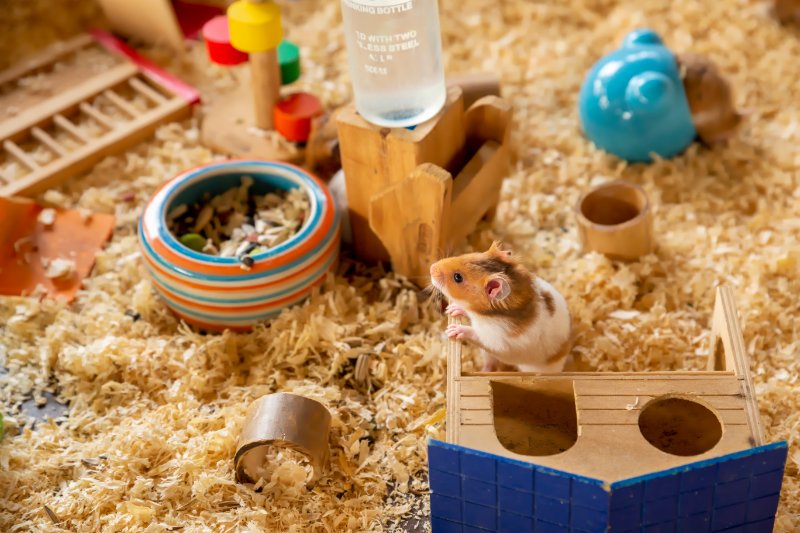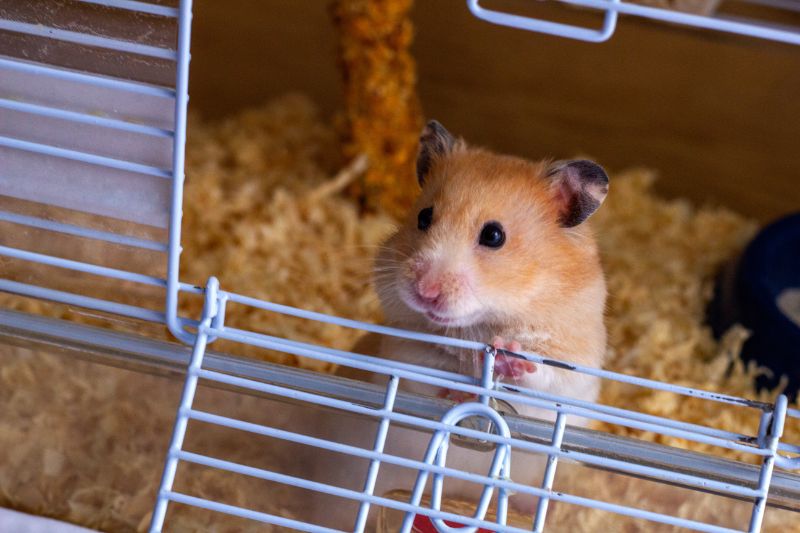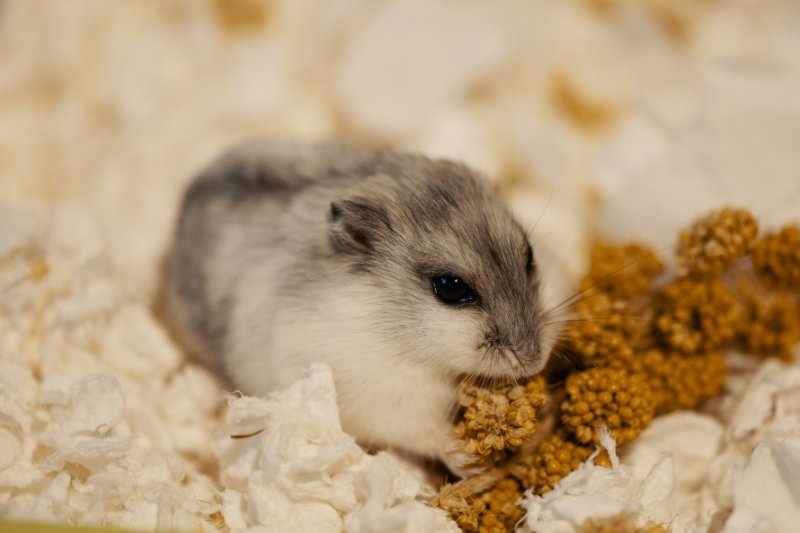Choosing the Best Bedding for Your Little Furry Friend

If you’re about to bring home a tiny, adorable hamster, there will certainly be a flurry of tasks to attend to. Creating a comfortable and healthy environment is essential, and this means one major consideration – selecting the perfect hamster litter. Taking the time to distinguish between common misconceptions and actual facts can spell the difference between an average litter setup and an excellent one.
Understanding the Difference: Litter vs Bedding
It’s easy to confuse hamster litter with bedding. At times, an assumption is made that bedding does the job of litter. But in truth, these two serve different purposes. Hamsters, unlike certain animals, have a specific hygiene regime. They prefer specific places for resting and different spaces for doing their ‘business’, much to the delight of their human pals, as this aids in them being potty trained much faster.
The Basics
- The bedding, which could be wood shavings or paper-based materials, makes for a comfortable floor that’s cozy enough for hamsters to sleep on.
- Meanwhile, the “Hamster Litter” is there to maintain cleanliness, especially in areas hamsters use for urination.
Choosing an Affordable DIY Solution for Your Hamster Litter

A separate hamster litter box does not necessarily indicate a bulkier expense. In fact, common household items such as an unused ashtray (glass preferably) or a saucer can make for effective, economical alternatives. A key point to bear in mind here is to pick a container that your hamster can easily access, but at the same time, contains the litter effectively.
Practicality over Pomp
Opting for a DIY solution doesn’t only save on costs, it also promotes easy adaptability. The transition is smoother, not just for you, but for your furry friend as well. Success is usually instant: once the DIY litter pan is in place, voilà, your hamster will naturally start using it. To encourage this behavior, consider placing some soiled bedding into the new container. This gives your little pet some extra gentle guiding cues, and before you know it, your ‘potty training’ project is accomplished.
The Ideal Hamster Litter Material

Store-picked hamster litter is always an option, but porous bedding material can prove equally effective. However, experts advise not to use the identical material for both bedding and litter. The all-important factor is to choose materials that are absorbent and dust-free to avoid respiratory issues in your hamster. Absorbency guarantees that your hamster litter effectively soaks up urine, considering it’s the primary place where your hamster is likely to pee.
See Related: Unveiling the Fascinating Traits of Invertebrates: Exploring their Distinct Characteristics
A Word of Caution
Avoid materials like cedar shavings for they might not be the healthiest choice for your hamster’s respiratory health in the long run. Safer alternatives include hardwood shavings or kiln-dried pine shavings. These can provide a healthier, more creature-friendly environment for your furry friend.
In conclusion, understanding hamster litter and its usage can ensure your adorable pet enjoys a clean, healthy home. And remember, better health means a happier hamster and a happier you!
Related Resources: